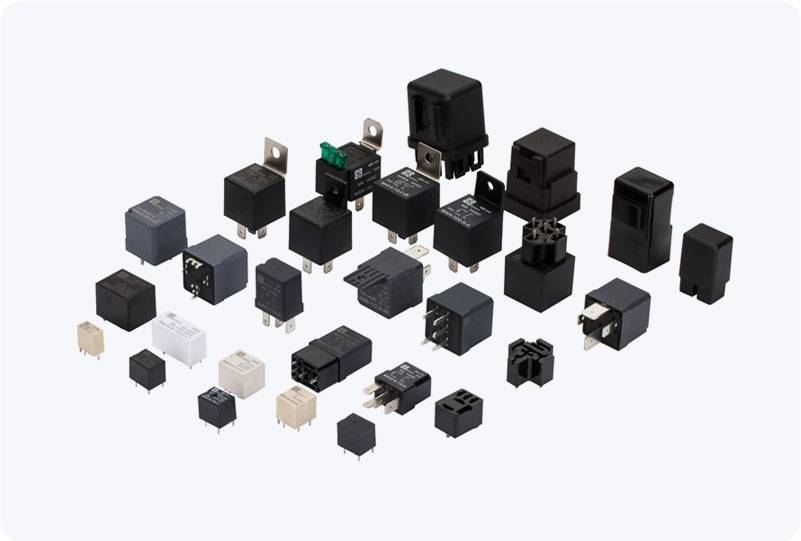The rise of electric vehicles (EVs) has led to significant advancements in charging technology. One of the critical components that ensure the safe and efficient charging of electric vehicles is the Supercharger Relay. This relay plays a vital role in managing high-power electrical connections between an EV and charging stations, such as Tesla’s Supercharger network. This article explores the function, importance, and technical aspects of the Supercharger Relay in the context of modern EV charging infrastructure.

What is a Supercharger Relay? A Supercharger Relay is an electromechanical switch used in electric vehicle charging systems. It manages the high-power electrical current that flows from the charging station to the vehicle’s battery. The relay is designed to handle the large amounts of power required to quickly charge an EV, ensuring that the current is safely transmitted without causing damage to the vehicle’s electrical systems or the charging infrastructure. Key Functions of a Supercharger Relay Current Control: The primary function of the Supercharger Relay is to control the flow of electricity between the charging station and the electric vehicle. It ensures that the correct amount of electrical current is delivered to the vehicle’s battery, helping to prevent overcharging or undercharging. The relay acts as a safety mechanism, only allowing current to flow when the system is ready to handle the load.
Leave a Reply